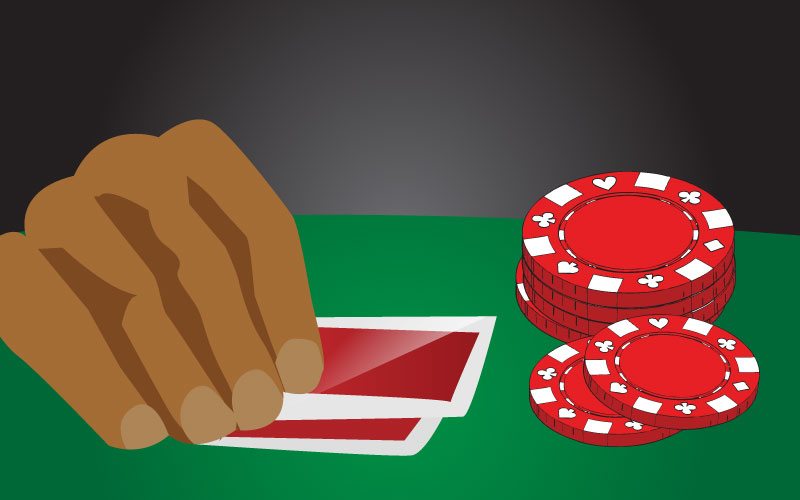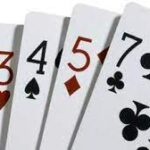In my last post I gave an introduction of who I am and how I got to playing live small stakes limit poker. In this post I want to just jump into my actual guide of how to play. The best place to start is just in the basics.
THE RAKE
My local casino does not offer a wide variety of games. Other than the 1/2 NL game I can play 2/4, 3/6, and 4/8 limit. The first thing you need to recognize when you sit down is what the rake is going to be. At my 4/8 table, my casino drops $4 for every pot that sees a flop and $1 for a jackpot. I generally tip the dealer $1 for every pot I win that sees a flop. This means that $6 or the equivalent of the Small Blind and Big Blind are taken from pots that I win. In other words, not only do I have to beat my opponents, but I need to beat the rake as well. And when the small blind and big blind are taken from every pot you win that makes the game that much tougher to beat. Fortunately most small stakes limit poker players make so many mistakes that you can still eke out a profit (although it will likely be a small profit) as long as you play well.
UNDERSTANDING THAT LIMIT IS A VERY MATHEMATICAL GAME
If you are a player who loves to feel the satisfaction of making huge bluffs and putting intense pressure on your opponents by going all-in, then limit poker is not the game for you. You can only bet in one bet increments in limit poker, so the ability to bluff and put intense pressure on your opponents is drastically minimized. Instead limit is about understanding the math of the game, knowing your approximate equity in any given pot, and pushing your equity edges optimally. We want to exploit the mistakes our opponents make and minimize our mistakes.
ALWAYS KEEP TRACK OF THE POT SIZE
Because limit poker is such a mathematical game, you need to know what the pot size is at all times. The easiest way to do this is to think of it in terms of bets. For example, if you are in the Big Blind and 3 players limp and the SB completes and you check then the pot will contain 5 Small Bets. However, this is where the rake and your likely tip is really important to remember. In my casino, once we see the flop, the casino is going to take 1.25 Small Bets away in rake and if I win the hand I am going to give .25 Small Bets to the dealer in a tip. So instead of a 5 Small Bet pot, once we see the flop we only have a 3.5 Small Bet pot.
The important thing to remember is that you always need to know how much is in the pot and you need to remember to subtract the rake and your likely tip from the potsize as well. Always keep a mental calculation of how many bets are in the pot. Once the hand goes from the flop to the turn, the betsize doubles so at this point you need to divide the pot size by 2. For example a pot that has 8 Small Bets on the flop becomes a pot with just 4 Big Bets on the turn.
Knowing the exact potsize is important because the size of the pot will often determine how we continue with our hand. Almost every time the action comes to us we will want to know “what the pot is laying us.” If the pot has 3.5 Small Bets on the flop and someone bets (and thus adds one more Small Bet to the pot) and the action is then on us then the pot will be “laying us 4.5 to 1 odds.” What this means is that if there were no more betting then our hand would need to win 1 out of every 5.5 times or 18.18% of the time for us to break even in the long run. I will talk more about pot odds and equity percentages later, but for right now what is important to remember is that you need to keep track of the potsize so that you know exactly what the pot is laying you.
In my next post I will talk about what characteristics you should be looking for when you sit down at a small stakes game.
Submit your review | |









